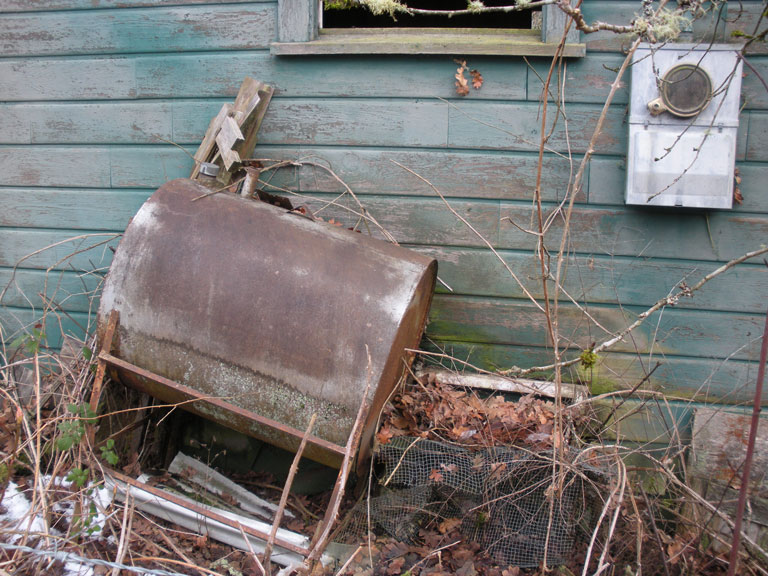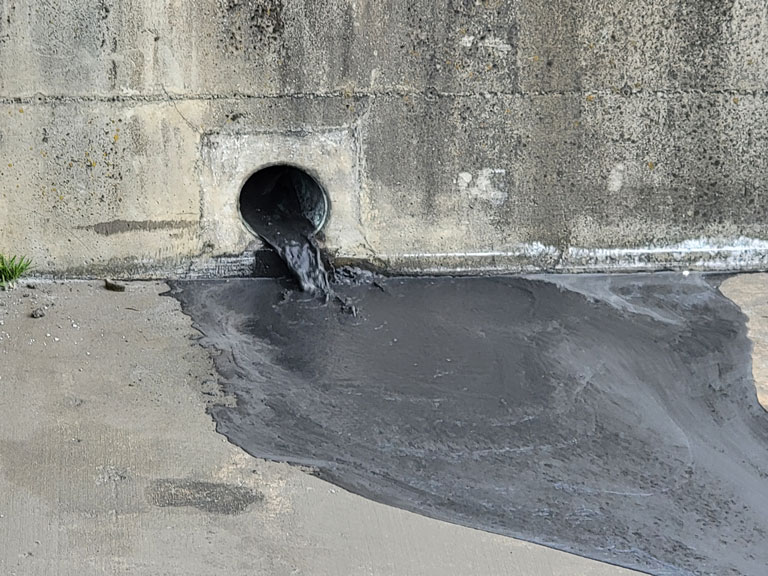What We Do
Rapid Procurement of Regulatory Constraint Permits

Getting a project up and running has struggled over the years due to the amount of time it takes to review and approve environmental documents. With the ever-growing concerns surrounding limited available land, the escalating climate crisis, more greenfield land development, and new legislature for infrastructure, the time to obtain and secure environmental permits is growing longer and longer.
We have been environmental consultants in Pierce County, Gig Harbor and the Tacoma area for many years. We continually keep updated on new legislature that might affect the time it takes to get environmental documents approved in Pierce, Kitsap and King Counties.
Common reasons for delay in obtaining permits can include incomplete applications, incorrect code interpretations, changes in Washington State and Pierce County regulations, not submitting the required information, expired professional certifications or licenses, inaccurate exhibits, review and comment delays, missed deadlines, miscommunication, misrepresentation, understaffed departments, lack of training, and cost overruns. These types of delays can range from days to months and in some cases years to resolve.
It is critically important to understand the size and complexity of a project so that the proposed fees will be fair and equitable to meet the regulatory constraints identified. Having a competent, well-educated, and trained staff capable of understanding regulations which relate to the identified impacts or constraints is key to securing a speedy permit. To achieve this fee proposals are presented with a detailed scope of work, terms and conditions, along with an estimated time line to complete the work.
It is very important that environmental documents provide the necessary information in a clear and concise manner so that reviewers can understand and confirm that the information presented in the report meets the state and county regulatory requirements.
Quick Response Time During Feasibility Study

Best to start as soon as your project feasibility period starts.
A feasibility study assesses the viability of a proposed development or project from an environmental and social perspective, identifying potential issues, conditions, and threats to the successful completion. One of the most common mistakes to avoid when conducting a feasibility study is not allowing enough time to complete the environmental review process.
The time line specified for a feasibility study is normally set for a period of about 60 days to 90 days. Keep in mind that a detailed environmental review can take from 30 days to 60 days to complete. It is not uncommon for the environmental review process to take even more time to complete for complex sites. It is crucially important to get started with an environmental consultant within a week from the start date of a feasibility study. If you wait too long to start the environmental review process the study may not be completed by the time your feasibility study time line ends.
Common environmental constraints at sites can include wetlands, watercourses, priority habitats and species, flood hazard areas, landslide and erosion hazards, aquafer recharge areas, volcanic hazard areas, recognized environmental concerns to include the range of contaminants within the scope of the Comprehensive Environmental Response, Compensation and Liability Act (CERCLA) and petroleum products. These are common situations that can arise during property transactions leading to the requirements developed for the evaluation of environmental risk associated with real estate.
Due Diligence

Detailed assessment to identify suspect recognized environmental conditions
Purchasing real estate has a potential for environmental risk and identification of recognized environmental conditions. Environmental Site Assessments (ESAs) are completed according to ASTM standards with an experienced professional environmental consultant who has over four decades of environmental consulting and laboratory management experience. Site assessments are performed by one individual, start to finish. This procedure maintains continuity when collecting and assembling the data and writing the report.
During the Phase I process, the environmental professional makes a professional opinion on the likelihood of identifying RECS, CRECs, and HRECs on the project site and on contiguous properties with likely connection to the site. A professional opinion will be made for likely or unlikely movement or migration of hazardous substances or petroleum products in any form, including solid, gaseous, and liquid media at the ground surface and beneath the ground surface based on the observations, research, soil type, surface water drainage patterns, topographic slope and gradient, and from the readily available and reported information gained during the assessment.
If environmental impacts are identified during the assessment process remediation cost estimates and alternatives will be developed and regulatory approval timelines will be presented so that one can plan a project accordingly and minimize impacts to construction schedules and costs.
Site assessments include integrating exceptional research capabilities while performing interviews with persons of knowledge, reviewing readily available regulatory agencies environmental databases, performing detailed and quality-controlled site investigations, and interpreting test results in order to select cost effective and achievable alternatives for cleanup. The goal of an environmental assessment is to understand the objectives, budget, and schedule to develop a plan to achieve regulatory closure when recognized environmental concerns are identified.
Regulatory Compliance

Adhere to laws and regulations relevant to business practices and processes.
The overall goal of environmental regulations is to protect human health and the environment by defining, in a transparent and accountable manner, legally binding requirements for individual sources of significant environmental impact.
Rely on a service provider to provide responsive and solution-oriented practices to achieve compliance with stormwater and wastewater discharge permits, generated dangerous and hazardous wastes, priority habitat and species, critical areas, and property impacts related to identified recognized environmental conditions. Whether examining to continue operations as usual or investigating for a possible change in plans the technical support gained by using an outside provider will help decision makers achieve environmental compliance.
These regulatory compliance services are provided by an experienced professional environmental consultant who has over four decades of environmental consulting and laboratory management experience. Two key components tapped to satisfy regulatory challenges is to communicate clearly and accurately with local, Washington State and federal regulators while making recommendations and using innovative technologies to inspect, maintain, and operate systems related to environmental compliance.
One very important objective related to regulatory compliance is to strive for an environmental benefit that will increase awareness and spike interest to a visionary project, corporate environmental policy, or publicly funded project. Using a management partner will save time and money and will alleviate worrying about meeting regulation mandates and deadlines.